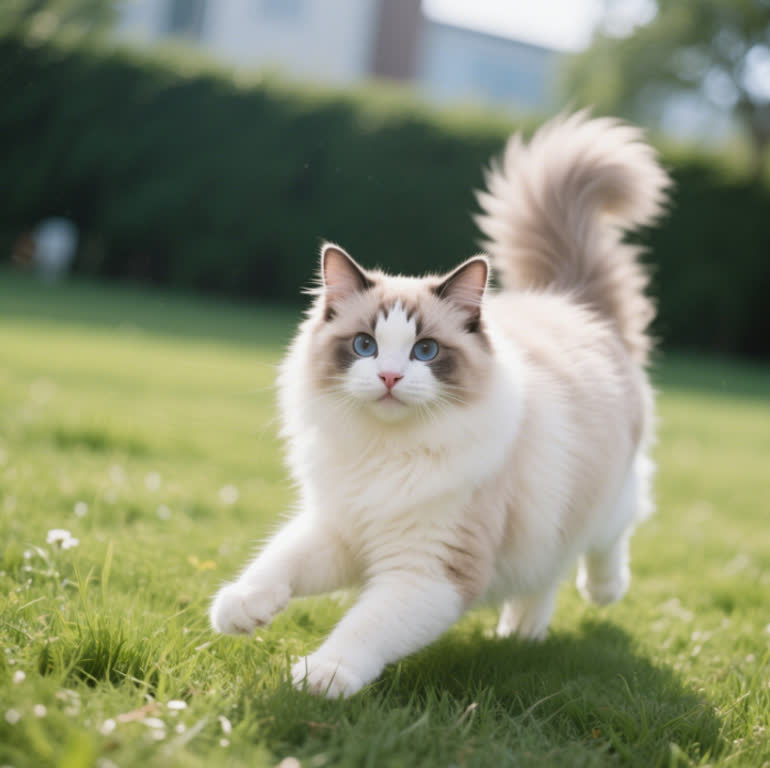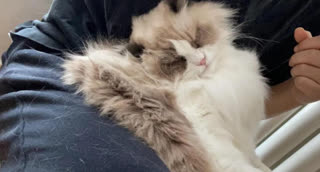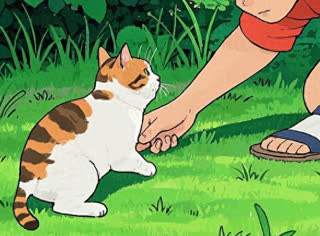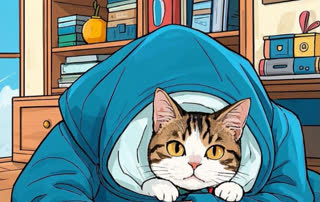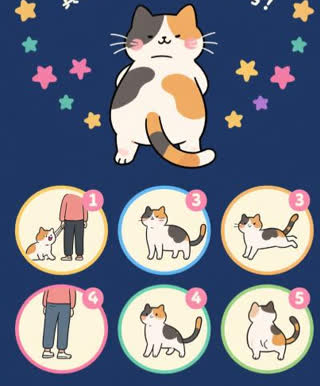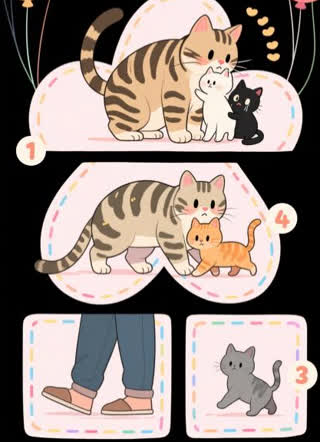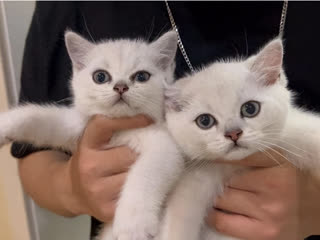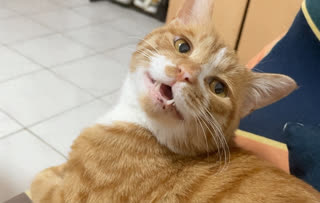1. Understanding the Ragdoll’s Genetic Health Risks
Hypertrophic Cardiomyopathy (HCM)
Choose breeders who screen for HCM using DNA testing and echocardiography.
Monitor kittens for early signs of respiratory distress.
Administer medications like beta-blockers as prescribed by veterinarians to manage symptoms .
Polycystic Kidney Disease (PKD)
Opt for kittens from PKD-negative parents.
Provide a low-phosphorus diet to support kidney function .
Avoid breeding cats with confirmed PKD mutations .
2. Obesity: A Silent Threat to Ragdoll Health
Causes and Consequences
Overfeeding: Free-feeding or excessive treats contribute to calorie overload.
Neutering: Altered metabolism post-neutering increases fat storage.
Inactivity: Lack of playtime leads to muscle loss and weight gain .
Dietary Control: Feed portion-controlled meals of high-protein, low-carbohydrate food. Brands like Smalls (fresh-cooked) or Royal Canin Ragdoll Adult Formula are recommended for their tailored nutrition .
Exercise: Engage in daily play sessions with interactive toys like laser pointers or puzzle feeders .
Weight Monitoring: Track your cat’s body condition score (BCS) monthly and adjust diet as needed.
3. Infectious Diseases: Minimizing Risks
FIV and FeLV Prevention
Indoor Living: Keep Ragdolls indoors to avoid contact with infected cats.
Testing: Screen new cats for FIV/FeLV before introducing them to your household.
Vaccinations: FeLV vaccines are recommended for outdoor cats, though FIV vaccines remain controversial due to potential false-positive test results .
4. 2025 Prevention Trends and Innovations
Personalized Nutrition
HCM-Prone Cats: Omega-3 fatty acids (found in fish oil) reduce inflammation and support heart health .
Weight Management: Low-glycemic foods like Dr. Elsey’s CleanProtein Chicken Formula help maintain lean muscle .
Smart Health Monitoring
Sustainable Practices
5. Essential Care Guidelines
Regular Veterinary Checkups
Annual Exams: Include blood work, urine analysis, and dental cleanings.
Breed-Specific Screenings: HCM echocardiograms and PKD ultrasounds every 1–2 years.
Environmental Enrichment
Stress Reduction: Provide vertical spaces (cat trees) and interactive toys to minimize anxiety.
Hydration: Encourage water intake with fountains or wet food .
Responsible Breeding
Test for HCM, PKD, and other genetic disorders.
Offer health guarantees for kittens .
Prioritize genetic diversity to reduce disease prevalence.
